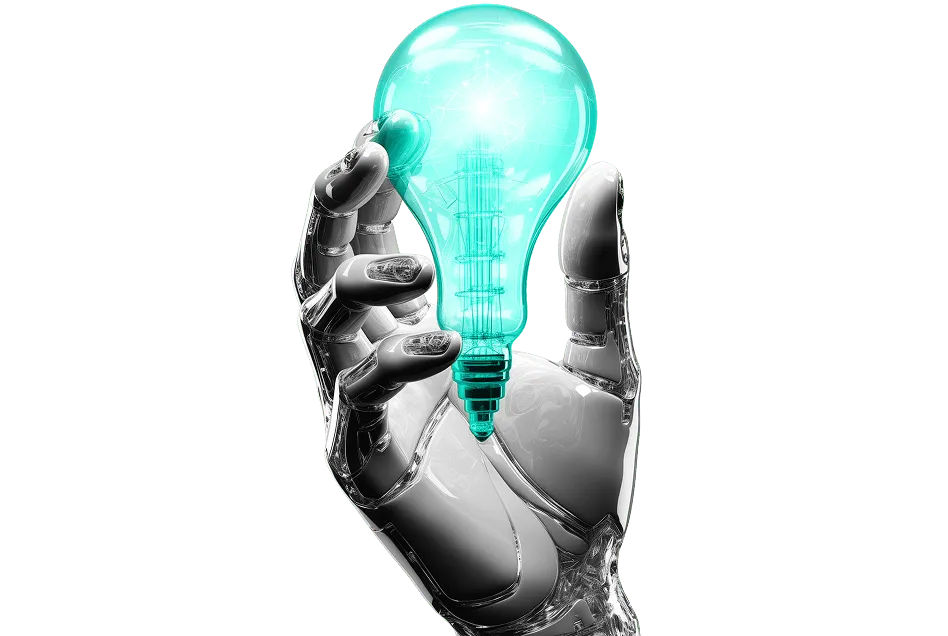Addressing the Skills Gap with Skills Gap Analysis for AI and Automation-Driven Roles
AI and automation are fundamentally reshaping the global workforce. From AI-driven cybersecurity to automation-powered analytics, AI-augmented roles are growing faster than the available talent supply. Enterprise talent teams face a critical challenge daily: How do we reskill and upskill our existing workforce to stay competitive?
Traditional workforce planning models are no longer sufficient – they are struggling to address the ever widening skill gap. Enterprises must move toward skills-based workforce planning, leveraging skills gap analysis and data-driven insights to identify skill adjacencies within the existing / accessible talent pool and create structured reskilling pathways.
AI Adoption Outpaces Talent, Use Skills Gap Analysis and AI-Powered Talent Intelligence to Keep Up
The rise of AI-driven roles is not a future problem—it’s a “now” problem. According to industry reports:
- By 2025, nearly 85 million jobs will be disrupted due to automation, while 97 million new roles will emerge. (World Economic Forum)
- Demand for AI and machine learning specialists has grown by 74% in the last five years. (LinkedIn)
- Enterprises are struggling to find AI-ready talent, with a lot of executives citing skills shortages as a key barrier to AI adoption.
Despite this growing demand, many companies overlook their biggest talent pool: their existing workforce. Employees with adjacent skills can be reskilled for high-value AI-powered roles—but identifying the right talent and pathways requires a data-driven approach to skills gap analysis.
Why traditional talent strategies fail in the AI era
HR and talent leaders often face these roadblocks when addressing AI talent shortages:
- Lack of visibility into emerging skills – Traditional job descriptions do not capture evolving AI skill requirements, making skills gap analysis difficult.
- Rigid job architectures – Organizations often prioritize job titles over skills-based workforce planning, without conducting proper skills gap analysis.
- Inefficient reskilling efforts – Without data-backed insights, skills gap analysis is incomplete, and reskilling programs often miss the mark.
- Talent leakage – High-skilled employees leave due to a lack of internal mobility opportunities, which skills gap analysis could help prevent.
To close these gaps, enterprises must adopt a proactive, AI-powered talent intelligence approach that prioritizes skills gap analysis.
How Enterprises Can Close the AI Skills Gap
Powered by skill gap analysis, enterprises are taking a skills-first approach to workforce planning by:
- Mapping skills adjacencies – Identifying employees with transferable skills for AI-driven roles.
- Creating internal talent marketplaces – Enabling employees to explore AI-based career transitions.
- Investing in continuous learning – Shifting from one-time training to ongoing AI upskilling programs.
- Leveraging AI-powered talent intelligence – Using real-time data to track emerging AI skills.
- This shift not only ensures talent readiness but also reduces hiring costs and improves employee retention.
How Draup’s talent intelligence platform helps
Draup empowers enterprises to navigate AI-driven workforce transformation with real-time, skills gap analysis-backed insights.
- Real-time skills intelligence – Identifies emerging AI skills gaps before they impact business performance through skills gap analysis.
- AI-powered talent mobility – Maps skills adjacencies to create targeted reskilling pathways informed by skills gap analysis.
- Workforce planning for AI transformation – Helps CHROs align talent strategy with AI adoption goals, leveraging skills gap analysis.
The future: Build AI talent from within
Closing the AI skills gap is not just an HR challenge—it’s a business imperative.
Enterprises that fail to act now risk falling behind in innovation and competitiveness.
By leveraging AI-powered talent intelligence and skills gap analysis, CHROs can future-proof their workforce, improve retention, and drive AI-led business growth.
The next move is yours: Are you ready to transform your workforce for the AI era? Write to us!










.svg)
















.svg)





.svg)





.svg)
